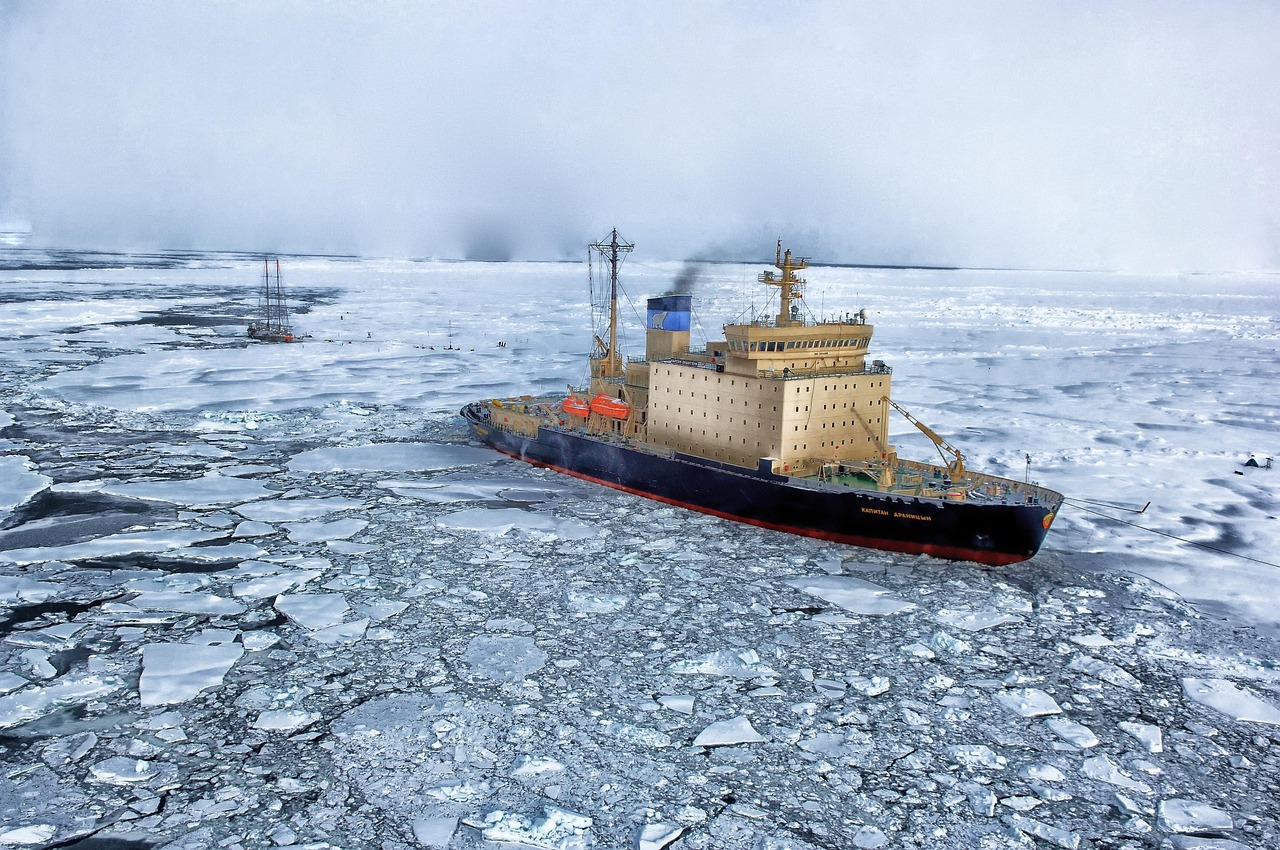Catastrophic’ consequences loom as Arctic black carbon emissions slip through regulatory cracks
Urgent Action Needed to Tackle Arctic Black Carbon

Despite over a decade of efforts by the International Maritime Organization (IMO), black carbon emissions from Arctic shipping remain largely unregulated. A recent report from the environmental group Pacific Environment calls for “immediate and mandatory” measures to address the escalating climate crisis linked to these emissions. With Arctic shipping traffic surging, the report highlights the urgent need for action to mitigate the disastrous effects of black carbon on the environment.
Rising Arctic Shipping Traffic and Its Consequences
The Pacific Environment report, titled “On Thin Ice: Why Black Carbon Demands Urgent Action,” emphasizes that black carbon—a byproduct of incomplete combustion of fossil fuels and biomass—continues to be inadequately addressed. The report notes that while there have been discussions and voluntary guidelines, no binding regulations have been established. This lack of action is particularly concerning given the significant increase in Arctic shipping activity.
According to the Protection of the Arctic Marine Environment’s (PAME) Arctic Shipping Status Report, the number of vessels entering the Arctic region rose from 1,298 in 2013 to 1,781 in 2024. Additionally, the cumulative distance traveled by these vessels increased by 108%, from 6.51 million to 12.7 million nautical miles. The report indicates that commercial fishing vessels constitute the majority of this traffic, followed closely by bulk carriers, icebreakers, and research ships.
As Arctic sea ice continues to melt, new shipping routes are opening, extending the navigable season by several months. However, this increase in maritime traffic is accompanied by a rise in emissions, particularly black carbon, which contributes to the Arctic warming at a rate three to four times faster than the global average. Kay Brown, Arctic policy director at Pacific Environment, stresses that the IMO must take decisive action to require ships to switch to cleaner fuels while operating in the Arctic. Without mandatory regulations, the market lacks the necessary certainty to transition to lower-emission options.
Clean Arctic Alliance Welcomes Support for New Arctic Emission Control Areas for Shipping
Recommendations for Reducing Black Carbon Emissions
The report from Pacific Environment also highlights the alarming growth of black carbon emissions in the Arctic, which have nearly doubled between 2015 and 2021. A significant portion of these emissions originates from ships traveling to and from European Union ports, with EU-regulated vessels over 5,000 gross tons accounting for 23% of total emissions. This underscores the urgent need for effective measures to curb these emissions.
To address the growing threat of black carbon, Pacific Environment has proposed several recommendations aimed at reducing emissions in the Arctic. These include:
-
- Mandating a switch to cleaner ‘polar’ fuels, such as marine distillates DMA and DMZ;
-
- Establishing sulfur emission control areas (ECAs);
-
- Developing international standards for the aromatic content of fuels;
-
- Creating Arctic and black carbon (or distillate-only) ECAs;
-
- Requiring the use of diesel particulate filters for ships operating in or near the Arctic.
Implementing these measures could lead to a reduction of black carbon emissions by 50-80% if residual fuels are replaced with distillate fuels. For EU-regulated ships operating in the Arctic, emissions could be reduced by 16-25%. The upcoming meeting of the IMO’s Pollution Prevention and Response Sub-Committee (PPR 13) in February 2026 presents a critical opportunity to take meaningful action against the accelerating warming of the Arctic and fulfill the IMO’s mission to protect the marine environment and the communities that depend on it.
